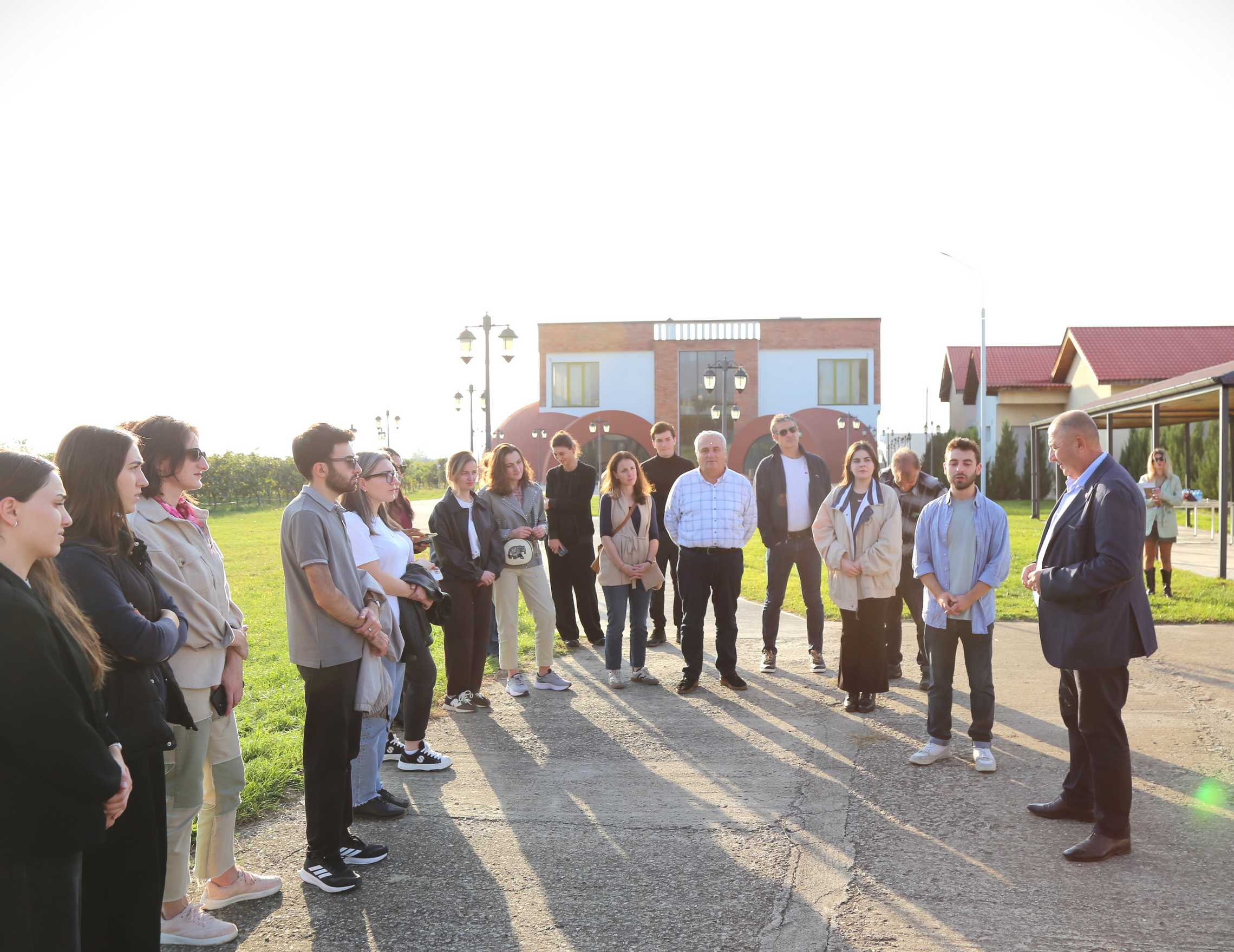News
02.07.2021
Up to 40 disease-resistant forms of mulberry have been found and preserved at the base of Jigaura
 New forms are being planted in the mulberry demonstration plot at Jigaura testing base of perennial crops’ of the Scientific-Research Center of Agriculture. Since 2014, the Scientific-Research Center of Agriculture has been actively conducting expeditions and research in different regions of Georgia to find, study, reproduce and propagate forms of mulberry resistant to phytoplasma diseases. Up to 40 resistant forms of mulberry have been found and preserved in the mulberry collection plot for this stage.
New forms are being planted in the mulberry demonstration plot at Jigaura testing base of perennial crops’ of the Scientific-Research Center of Agriculture. Since 2014, the Scientific-Research Center of Agriculture has been actively conducting expeditions and research in different regions of Georgia to find, study, reproduce and propagate forms of mulberry resistant to phytoplasma diseases. Up to 40 resistant forms of mulberry have been found and preserved in the mulberry collection plot for this stage.
In order to study mulberry culture, the Research Division of Agro-forestry cultures is conducting various studies, including the introduction of a completely new method for obtaining virus-free seedlings and the accelerated acceptance of mulberry seedlings. At this stage, scientists continue to work on the production of mulberry in-vitro plant.
Mulberry in Georgia is distinguished by its centuries-old history and diversity. It is used mainly as a food base for silkworms, although it is also actively used against erosion and in windbreaks due to its rapidly developed deep root system and branches.
At the base of Jigaura, in addition to the mulberry collection plot, there is a base nurseries and mother-seed nursery, where an average of 500-1000 seedlings can be grown. It is planned to cultivate intensive mulberry plantation and obtain fuel briquettes by biomass processing.









.png)



